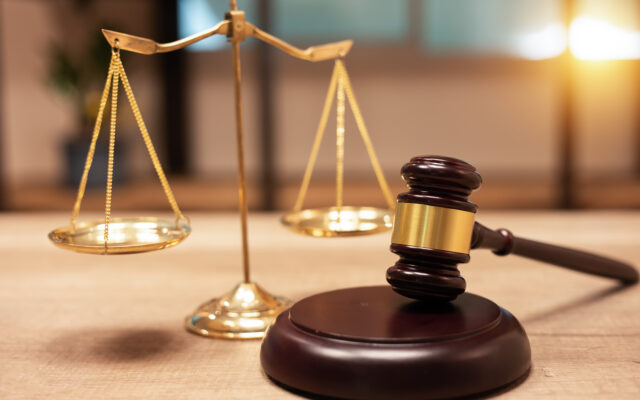Disability activists push for more inclusive Pride celebrations

▶ Watch Video: Pride Month celebrates LGBTQ community, including the vivid world of drag queens
The coronavirus pandemic changed how the United States and countries around the world celebrate Pride month. This summer, many American cities opted for a hybrid celebration, hosting socially distanced marches or completely virtual events. But activists are still pushing organizers to make events accessible for the disabled community.
Annie Segarra, a disability activist, who has Ehlers-Danlos Syndrome and uses a wheelchair, said things like video captions, translators and audio descriptions of visual events can mean the world to disabled individuals who want to join the celebrations but are afraid of being left out.
“Accessibility is not just about physical spaces,” Segarra told CBS News. “Depending on your disability, your access needs are going to be different, and unfortunately, that’s something that a lot of people just don’t consider. I think that people see accessibility as solely a physical experience. So typically, I guess, a representation issue for wheelchair accessibility. But it’s just so much larger than that and it’s such an important conversation to be able to include a number of various disabilities so that the conversation of accessibility doesn’t in itself become exclusive.”
Alexis Hillyard, a YouTuber who was born without her left hand, said it’s freeing when she’s in a space where she and her disability are accepted.
“Accessibility means that people are able to move through and exist in spaces they deserve to be a part of without feeling like they need to change who they are, make themselves smaller and make sacrifices to be able to be in that space,” the 39-year-old said. “It’s like being able to be and exist in your full self, as you are, without having to change or adapt to the world around you.”
On her cooking channel, StumpKitchen, Hillyard explains how her disability is an important tool she uses every day and an integral aspect of her life. She’s also deliberate in making her videos as accessible to her viewers as possible.
“I didn’t realize before how much I would subconsciously hide my arm or wonder if people were staring or wondering what they were thinking about me or feeling sorry for me,” Hillyard said. “It was a beautiful surprise and just an awareness and release of tension you were feeling that you didn’t realize that you had.”
Segarra said the ability to take inaccessible events virtual, like drag nights at clubs she could not attend in her wheelchair, expands just how many LGBTQ+ individuals can celebrate with their community and makes her heart “three times as full.” But she also calls many COVID-19 concessions “emotionally complicated” as they are proof to the disabled community that accommodations now considered common could have been implemented sooner.
“All of a sudden, the pandemic came and it very much felt like now that this affects non-disabled people, we can make those changes at the drop of a hat,” Segarra said. “When disabled people requested it prior, it was in no way. So while it was such a relief to be able to get those accommodations, the sting of ableism was still there because then you had the option all along to get with these accommodations, but literally because of who we are, because this is the disabled community asking you for it, you thought that we were dismissable. Therefore, you wash your hands of being able to create an accessible, open space, accessible working environment for a single community.”
Segarra also says that those trying to be more inclusive should keep in mind the larger goal of dignity rather than just checking accessible boxes. For both Hillyard and Segarra, their disabilities and queer identities are interwoven aspects of their lives. Every year, the discourse about making Pride more accessible emerges and often upsets some able-bodied people.
“Queer disabled people exist, trans disabled people exist, disabled people of color, and all of these intersections that we sometimes as a society look at as separate, but they’re not, they exist,” said Hillyard. “To make the best world possible, you aren’t doing the full job unless you’re making sure that everybody has access to the table to have those discussions and that you are able to amplify the forces that have been shut out for so long.”



